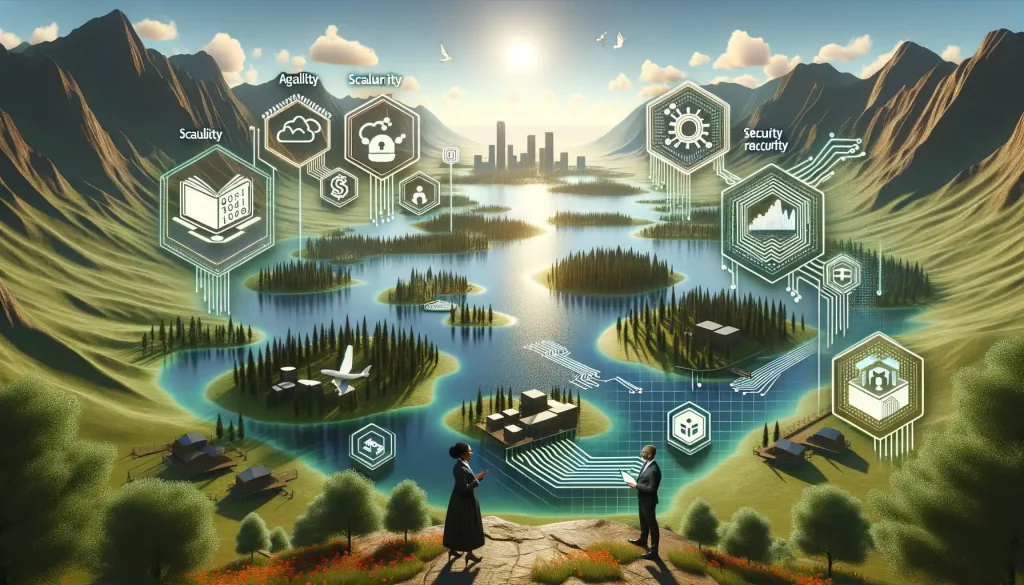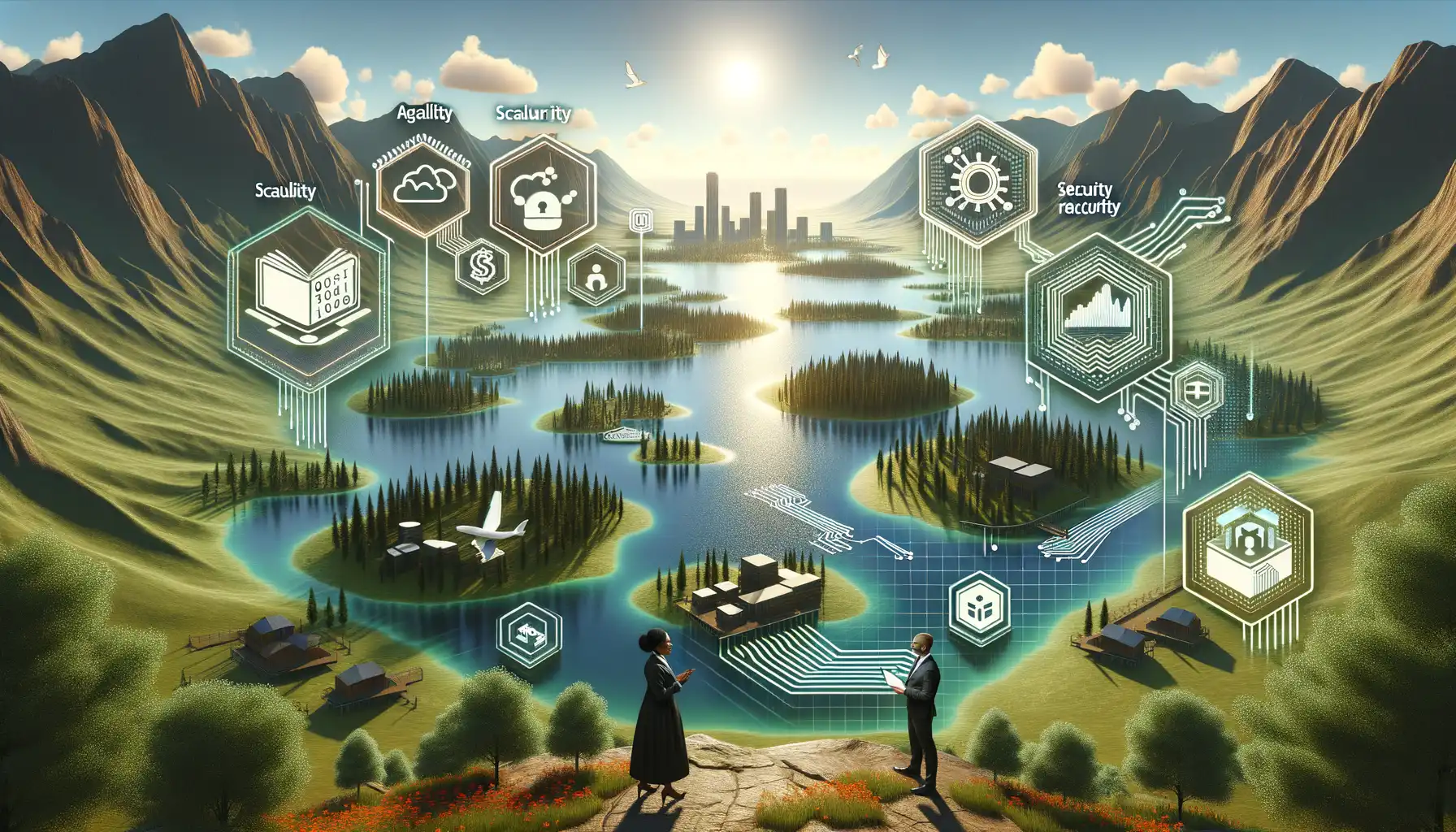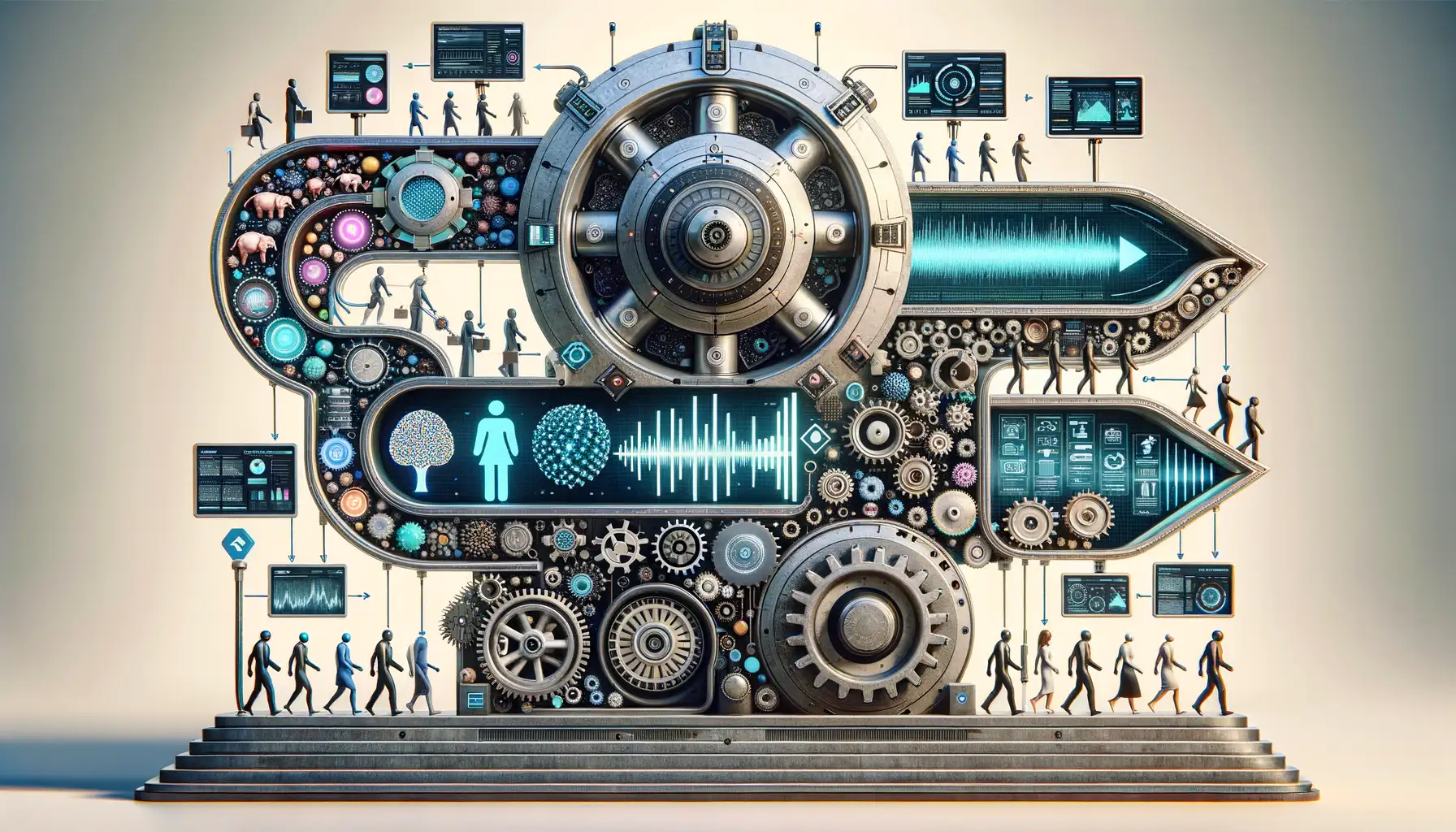Introduction to Holographic Displays and Their Impact on Retail
Why Holograms Are Retail’s New Showstoppers
Picture this: You walk into a store and are greeted by a sleek, floating 3D shoe spinning mid-air, its glowing details practically whispering, “Try me on.” This isn’t sci-fi—it’s the dazzling world of holographic displays, and they’re revolutionizing how we shop.
Holography is much more than just another tech trend. These stunning visuals grab attention like nothing else, blending the magic of futuristic innovation with the timeless art of storytelling. Imagine holographic mannequins modeling outfits or interactive product demos where you can “unwrap” a gadget in midair. It’s retail theater at its finest.
The Emotional Magnetism of Holograms
So, why do holographic displays strike such a deep chord with customers? For starters, they transform shopping into an emotional journey. Instead of static shelves or bland screens, stores become an immersive playground. Think about it:
- A cosmetics brand showcasing holographic tutorials that let you see how a shade would look on your skin tone.
- An electronics store breaking down the inner workings of a smartphone, right before your eyes.
- Limited-edition products being unveiled as glowing, animated centerpieces.
These visual wonders don’t just catch your eye—they etch themselves into your memory. Retailers now have a golden ticket to stop you in your tracks and make experiences worth talking about. How’s that for unforgettable?
Technological Advancements Driving the Popularity of Holographic Displays

The Game-Changing Role of Cutting-Edge Tech
Picture this: you walk into a store, and instead of static signs or plain digital screens, a dynamic 3D hologram grabs your attention. Maybe it’s a sneaker spinning mid-air, or a dazzling perfume bottle that seems so real, you’re tempted to reach out and touch it. This isn’t sci-fi anymore—it’s the magic of technological strides that have revolutionized modern retail.
Behind these captivating displays are innovations like advanced light field technologies, which create ultra-realistic depth and detail. Paired with AI-powered motion sensors, holograms now respond to your presence, making the experience feel almost personal. Add in the latest in high-resolution projection systems, and voila—you’ve got visuals that blur the line between reality and illusion.
- Breakthroughs in nanotechnology have made holograms sharper and more energy-efficient.
- Improvements in augmented reality (AR) integration allow holograms to blend seamlessly with physical surroundings.
All of this means retailers can offer their customers something fresh, vibrant, and unforgettable—turning mundane shopping trips into high-tech adventures. Could anything else spark curiosity and excitement quite like this?
Examples of Holographic Displays Enhancing Customer Engagement

Virtual Shopping Assistants that Feel Almost Human
Imagine strolling into a store and being greeted by a sleek, life-sized holographic assistant. It’s not just saying “Hello” – it’s proactively offering recommendations tailored to your mood or needs. For instance, at L’Oréal’s flagship stores, holographic beauty advisors guide customers through skincare routines or makeup tutorials. They even simulate different products on your face without a single brushstroke—magic meets practicality.
This isn’t sci-fi fantasy; it’s happening now. These interactive holograms bridge the gap between digital convenience and in-store experiences, making shopping feel more personalized than ever. And guess what? Shoppers are spending more time exploring, engaging, and ultimately buying because of it.
Immersive Product Previews That Spark Curiosity
Want proof that holographics can make heads turn? Take Samsung, for example. They used 3D holographic product demos to showcase their latest phones in action, floating mid-air as customers watched in awe. The magic of *seeing* a phone unfold in life-like detail – without holding it – creates an immediate “Wow, I need this” reaction.
Here are other standout examples of holography stopping shoppers in their tracks:
- Nike: Shoes projected spinning mid-air, highlighting their technical specs with eye-popping visuals.
- Car dealerships: Holographic cars rotating and disassembling to reveal engine components.
Suddenly, even mundane purchases feel futuristic – as if you’re part of something special.
Challenges and Considerations for Retailers Adopting Holography

High-Tech Magic Meets Real-World Complexities
Bringing holographic displays into your retail strategy sounds like stepping into a sci-fi blockbuster, doesn’t it? But as dazzling as these displays are, the path to adopting this cutting-edge tech is sprinkled with hurdles—and each one demands careful navigation.
First up: cost considerations. Holography isn’t your average digital signage; it’s a sophisticated symphony of hardware, software, and design. For smaller retailers working with tight budgets, the sticker shock can feel overwhelming. And let’s not forget the recurring maintenance costs—after all, no customer wants to see a flickering hologram.
Then there’s the challenge of space and environment. While holograms shine in modern, well-lit spaces, a cramped or dimly lit store might rob them of their wow factor. Imagine trying to project an elegant, floating handbag in a space already cluttered with inventory. The room simply won’t do it justice!
- Integration headaches: Can your current systems keep up with the demands of holographic innovation?
- Customer learning curves: Are your shoppers ready to interact with holograms, or will they shy away from the unfamiliar?
Balancing Creativity and Practicality
Retailers often fall into the trap of chasing trends without pausing to ask: Does this actually enhance my brand story? While holograms offer boundless creative freedom (think: rotating 3D sneakers or shimmering perfume bottles), they also come with a subtle risk—overcomplicating your message. Sometimes, simpler *is* better.
And finally, don’t underestimate the human touch. Holography works best as a complement, not a replacement, to real-world interactions. A dazzling hologram may grab attention, but a warm smile from a sales associate seals the deal.
Future Trends and Opportunities for Holographic Displays in Retail

Shaping Tomorrow’s Shopping Experiences
Picture this: walking into a store where products come alive in front of you, quite literally. Thanks to the rapid evolution of holographic displays, this futuristic vision is far closer than we think. Retailers are poised to revolutionize the way we shop, blending physical and digital worlds seamlessly. For example, imagine trying on a pair of shoes virtually with a hologram of your foot or watching a hovering 3D model of a home appliance rotate in mid-air, showing every intricate detail before purchase.
The opportunities here are boundless. Retailers could use holograms to:
- Create jaw-dropping pop-up events and in-store promotions where products feel almost magical.
- Incorporate interactive holographic assistants offering personalized recommendations that make customers feel seen and valued.
- Build immersive brand storytelling—think a holographic narrative unfolding right in front of the shopper.
The Fusion of AI, AR, and Holography
Here’s where things get really thrilling: the convergence of technologies like AI, augmented reality (AR), and holography. Picture AI-powered holograms that adapt dynamically to customer preferences, creating an ever-evolving, interactive shopping journey tailored to the individual. Or holographic catalogs that respond to gestures, showcasing options with a wave of your hand.
The question isn’t if holograms will redefine retail—it’s how soon. Retailers who embrace these cutting-edge displays won’t just stay ahead; they’ll set the bar for unforgettable customer experiences.









